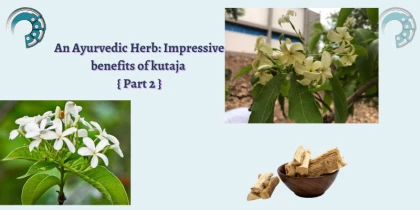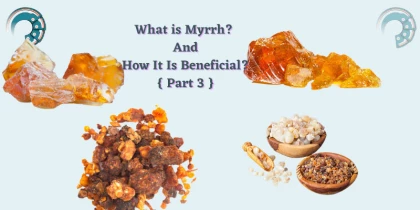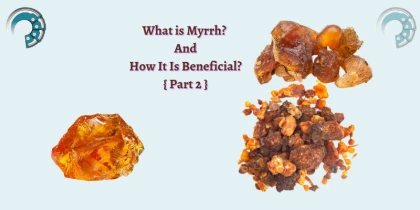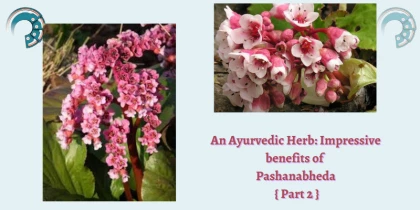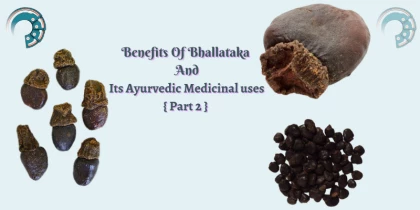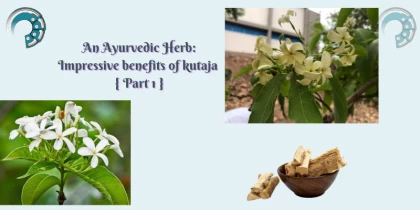
Why the hand-carved Rathi chippa employed for cooking, serving, and storing food in the olden days?
What Is Soapstone?

Soapstone is a soft rock, making it suitable for carving purposes. This highly valuable rock can be used to make utensils of massive sizes, while still being a sustainable and eco-friendly source of cookware.
Why Stoneware?
Completely non-toxic, the durability and longevity of this range of cooking utensils make it a safe and worthy investment, especially for those who love to cook not just for themselves, but for their friends and family as well.
Pots and pans made of aluminium or stainless steel cook our food by conducting energy and heat. They thus transfer heat directly and cool down just as quickly, making us reheat the food repeatedly. Stoneware, however, works differently. Stone absorbs heat and retains it for a long time. This allows them to withstand extremely high temperatures, including ovens.

Stoneware also heats evenly, thus cooking the food well, and keeping it warm for long periods. Since it retains heat, it cooks food faster and continues cooking after the stove has been switched off, saving us time and energy. For those looking to host people over, stoneware utensils will help conserve time.
The hand-carved, traditional, versatile kitchen utensils made up of soft soapstone are used and treasured since the rise of civilization in India. They are called rathi chipped and Kal chatti and have been employed for cooking, serving, and storing food for many generations.
Soft soapstone is chemically characterized as steatite and is mainly composed of talc. The cookware of varying colours, shapes, and sizes is handmade by the artisans. The delicate cookware requires proper conditioning and care while cooking, handling, and cleaning. Such inert cookware has positive quality properties such as low dielectric, high-temperature resistance, high density, and high mechanical strength. These characteristics have been reflected in the cookware application in cooking foods that require longer cooking time over a gentle fire, and sour, acidic, tamarind-containing dishes. They are extensively used for making liquid, gravy-based curries, and semi-solid foods; storing and preserving milk, curd, buttermilk, rock salt, tamarind, extracts, pickles, etc.
The food cooked in soapstone cookware retains the natural, authentic, original aroma and taste. As an insulator, it acts as a casserole by keeping the food hot for longer durations. Being extraordinarily dense and non-porous, it is impervious to bacterial penetration and prevents bacterial growth on the surface as well as extends the shelf life of cooked foods. Fascinated by traditional importance, distinct taste, and health benefits, and tired of factory-made things, the current generations are shifting toward these handmade, exclusive soapstone products.

Soapstone products like pots used to store pickles are made of steatite. Products come in varying colours, shapes, and sizes and are handmade by artisans. The delicate soapstone utensils require proper conditioning and care while cooking, handling, and cleaning.
Soapstone utensils are resistant to high temperatures and have high mechanical strength. They are ideally suited to cook foods that require longer cooking time over a simmering flame and sour or acidic dishes. Buy a unique soapstone product from India to create an authentic Indian curry or to preserve curds or pickles.



